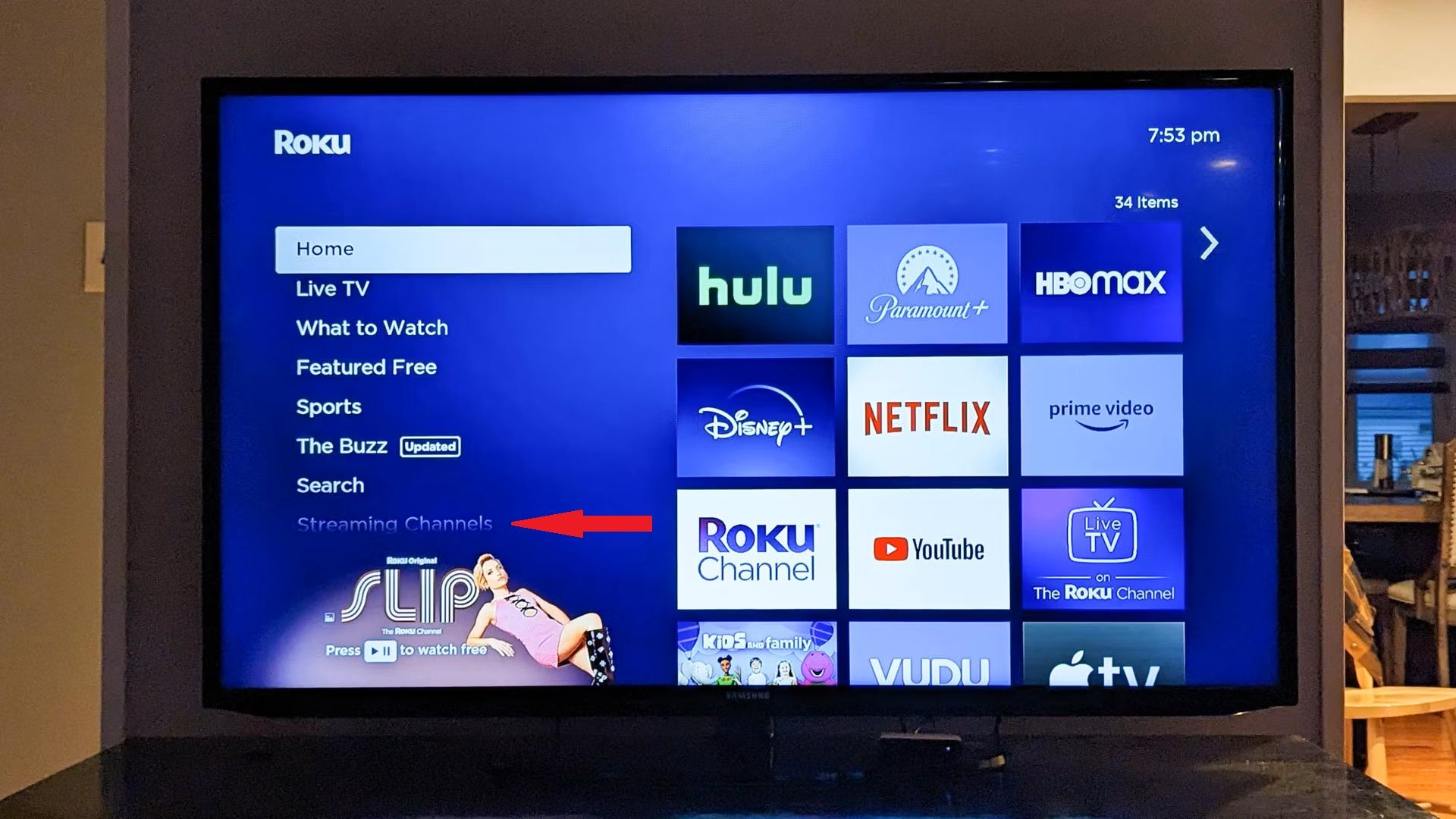Key Takeaways
- Dissatisfaction with streaming services is prompting a renewed interest in physical media.
- Smaller disc labels are filling the gap left by major studios.
- Physical media could carve out a new niche for itself amidst a changing market.
It’s a weird time for physical media. While big companies have gone all-in on streaming, regular movie lovers have other plans. Maybe you’re like me and have kept buying discs (even if you might have slowed down), or maybe you’re coming back or even discovering the benefits of collecting for the first time.
We’ve Seen This Before
It’s not the first major shift in viewing habits and media ownership we’ve seen in the home video market. For those of us around, we may have bought and amassed collections of VHS tapes back in the 80s and 90s, but most of us just rented them from their local video store, where our choices were limited to what was available and pan-and-scan transfers were the norm. That started to change with the introduction of LaserDisc, which both improved picture quality and added special features like commentary tracks, but things really shifted when DVDs hit the market.
While LaserDiscs never broke out of the high-end, enthusiast market, DVDs quickly went mainstream. Big box retailers devoted aisles and aisles of their stores to the format, many of us built up collections of hundreds of discs, and all those sales helped to account for a large percentage of a movie’s total revenue—and often helped get certain types of movies made.
Blu-ray may not have ever caught up to DVD, but it still found a large market of its own (after fending off a challenge from HD-DVD), and prompted plenty of us to continue buying and rebuying movies at a steady pace.
Then streaming came along.
Streaming’s Conveniences Come With Growing Compromises
While it didn’t happen overnight, it’s not hard to see why streaming would soon vastly overtake physical media. Even the most die-hard collectors among us can’t deny the convenience, and while audio and video quality may still come up short—especially compared to 4K UHD discs—those trade-offs haven’t been dealbreakers for most people.
It’s also not like streaming services are resting on their laurels. They’re continuing to evolve and expand their offerings and some, like The Criterion Channel and Shudder, have even embraced many of the benefits we’ve seen from DVDs and Blu-rays by offering carefully curated collections, commentary tracks, and special features.
But you don’t have to dig too deep to find growing dissatisfaction with streaming in general. Prices keep going up, more services are introducing ads, and viewers have to deal with movies and TV shows shifting from one service to another (or sometimes find a favorite show pulled from streaming altogether). Some of those drawbacks may be different to the days of video store rentals, but they’re similarly opened up an opportunity for folks to consider (or reconsider) the benefits of physical media ownership.
The market for physical media isn’t just a smaller one than it was ten, or even five, years ago, it’s a markedly different one. While major retailers have stopped selling DVDs and Blu-rays, and some studios like Disney have offloaded their disc production and abandoned some physical media efforts altogether, other, smaller companies have stepped in or changed their approach in response.
One of the more noticeable changes is the number of smaller labels that are largely following the model of the Criterion Collection (a pioneer in both the LaserDisc and DVD era) by releasing lavish editions of movies geared toward avid collectors, complete with pristine restorations of films and extensive supplementary materials.
Boutique disc labels like Shout Factory, Arrow, Vinegar Syndrome, and Criterion itself are all putting out releases that take full advantage of the benefits of physical media and finding an eager audience. Just look no further than Criterion’s regular 50% off sales on its website and at Barnes & Noble, which have become major events for collectors, or at the number of YouTube channels devoted to reviews of new releases and physical media in general.
In many cases, those labels are also now able to license titles the studios otherwise would have kept for themselves, and give some movies a level of attention they’ve never gotten. For many collectors, it’s not just the idea of owning a physical copy of a movie that appeals to them, but owning the best possible edition of it.
An Uncertain Future
Where physical media goes from here isn’t clear, but we may be headed towards a new niche market: one that may be considerably smaller than it was a decade ago, but is a much more dedicated one. 4K UHD discs, for instance, still just account for a small percentage of physical media sales overall (and a new player from a major manufacturer hasn’t been announced since 2019), but their share of the market is increasing (PDF), and demand for certain titles like Oppenheimer has even outpaced studios’ expectations.
You can even see some parallels to the LaserDisc era, when physical media ownership wasn’t for everybody, but it became a real passion for the audience it did find. Companies like Criterion were able to take film preservation and appreciation to another level then, and we’re seeing plenty do that now, even as others are pulling back.
The good news is that discs and players remain widely available (even if they have been pushed aside a bit), and they’re certainly a lot more accessible than in the days of LaserDisc. It may not be the most popular time to buy physical media, but it’s a great time for collectors, and an important time to support it if you don’t want to see it go away.





